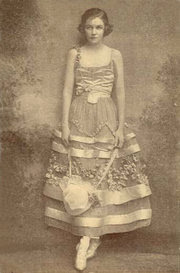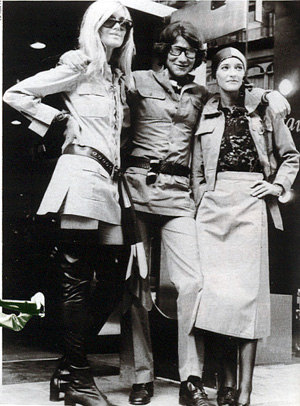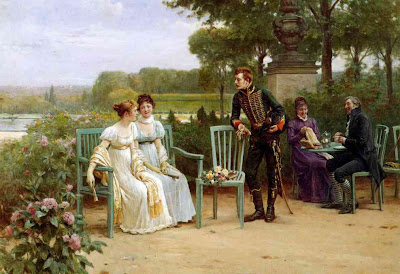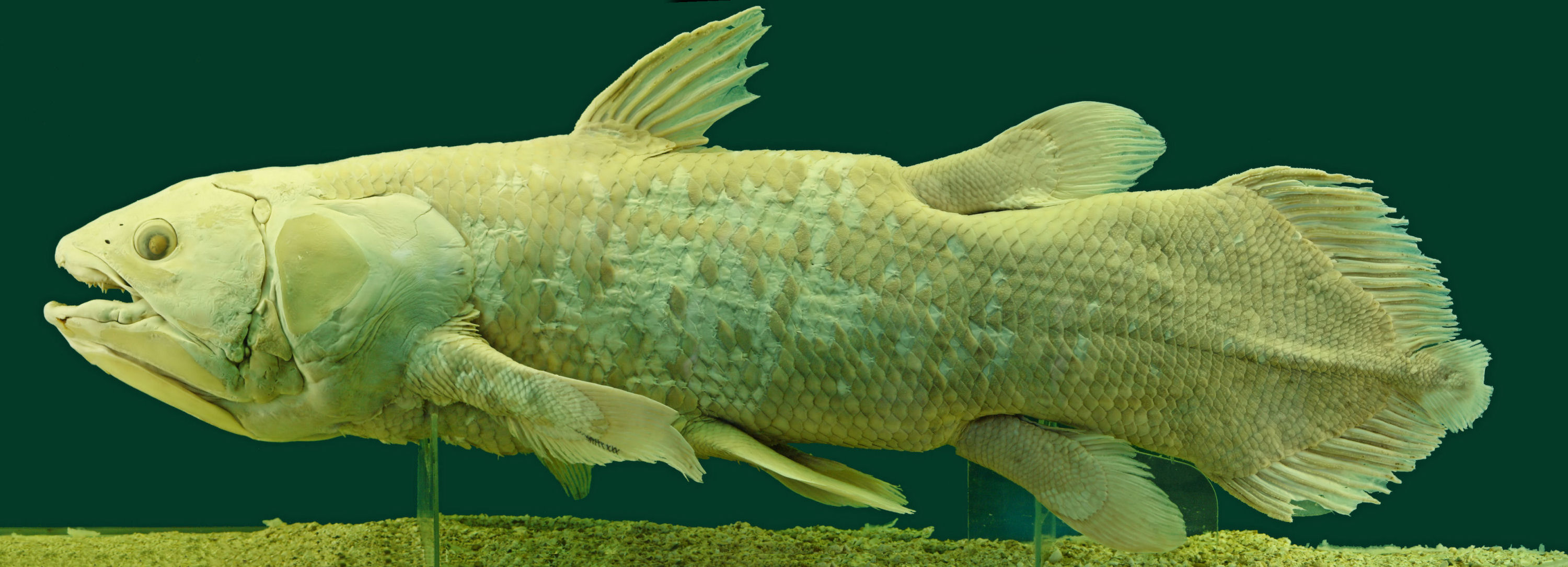
By Michelle Styles
Thirteen items from a fashionable woman's trousseau of the 1830s:
This comes from a list contained in Alison Adburham's Shops and Shopping 1800-1914: Where and In What Manner the Well Dressed Englishwoman bought her clothes (rev edn, George Allen & Unwin, London, 1981).
1. 9 chemises
2. 6 nightdresses
3. 6 Paris long cloth drawers; 3 trimmed with lace
4. 2 long cloth petticoats, tucked and one trimmed with work
5. 3 flannel petticoats
6. 3 camisoles, trimmed with work, plus 3 extra good camisoles
7. 3 merino wool vests
8. 1 printed cambric dressing gown, 1 in coloured flannel and 1 white hair-cord
9. 1 dressing jacket
10. 12 pairs white cotton hose, 6 hem stitched
11. 12 cambric pocket handkerchiefs, 6 hem stitched
12. 1 French wove corset
13. 6 fine towels (an assortment)
Thirteen items from a fashionable woman's trousseau of the 1830s:
This comes from a list contained in Alison Adburham's Shops and Shopping 1800-1914: Where and In What Manner the Well Dressed Englishwoman bought her clothes (rev edn, George Allen & Unwin, London, 1981).
1. 9 chemises
2. 6 nightdresses
3. 6 Paris long cloth drawers; 3 trimmed with lace
4. 2 long cloth petticoats, tucked and one trimmed with work
5. 3 flannel petticoats
6. 3 camisoles, trimmed with work, plus 3 extra good camisoles
7. 3 merino wool vests
8. 1 printed cambric dressing gown, 1 in coloured flannel and 1 white hair-cord
9. 1 dressing jacket
10. 12 pairs white cotton hose, 6 hem stitched
11. 12 cambric pocket handkerchiefs, 6 hem stitched
12. 1 French wove corset
13. 6 fine towels (an assortment)


















.jpg)


























